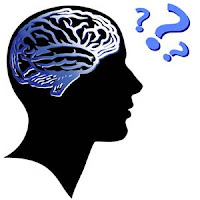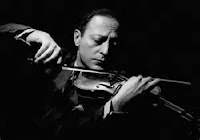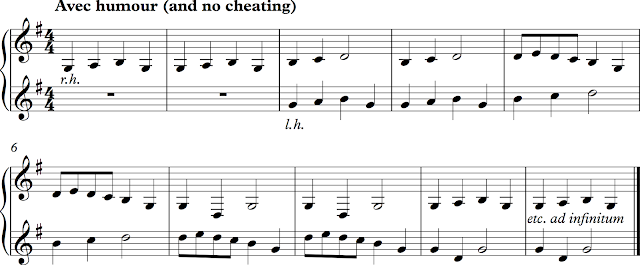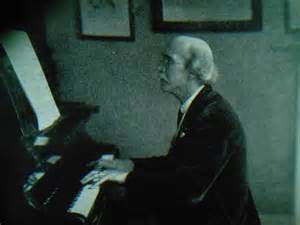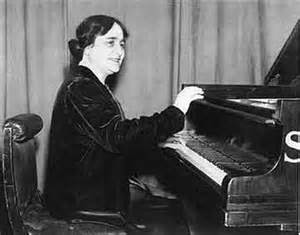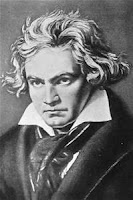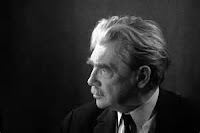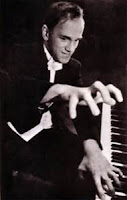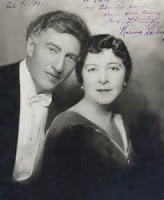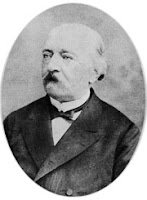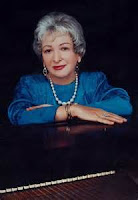My student failed an audition. Failed was the word he used, but I tried my best to point out that it was just one lost job opportunity and that he was not himself a failure because of it. And just at that moment I understood yet again why it is important to study poetry in high school. Robert Frost's, "The Road Not Taken" popped into my mind. You know the one I mean. It begins:
 |
| Robert Frost |
And sorry I could not travel both
and ends:
I shall be telling this with a sigh
Somewhere ages and ages hence:
Two roads diverged in a wood, and I—
I took the one less traveled by,
And that has made all the difference.
Frost relates his poem "with a sigh" not because the road he took was the wrong one, but rather because he could not take both. As we all know that's life. When choices are made—or in the case of a failed audition, made for us—we have to accept that something must be given up. The road less traveled, the one less fathomable, shall we say, turned out to have made all the difference.
In summer of 1969 I was just out of the army and sending out feelers for work. One afternoon Gwendolyn Koldofsky, the accompanying teacher at USC, called to let me know that the great Jascha Heifetz was looking for a pianist for his violin class. I hadn't touched the piano in months, but, I thought, why not? His assistant gave me instructions to the effect that I should arrive exactly at the appointed hour at the entrance to his studio, not the front of the house, which I did. Needless to say, I was somewhat apprehensive, as we had had encounters before—pleasant enough—but I thought of him as perhaps just a touch on the severe side.
 |
| Jascha Heifetz |
I didn't get the job. If I had, I would not have been free to accept engagements in New York the following January and my first professional tour. These engagements were the beginning of not only an unimagined road, but also an unimagined redevelopment of my craft. The road I chose—the road that chose me—turned out to have made all the difference. I didn't get the job, but I got a life—not to mention a nice little anecdote.


